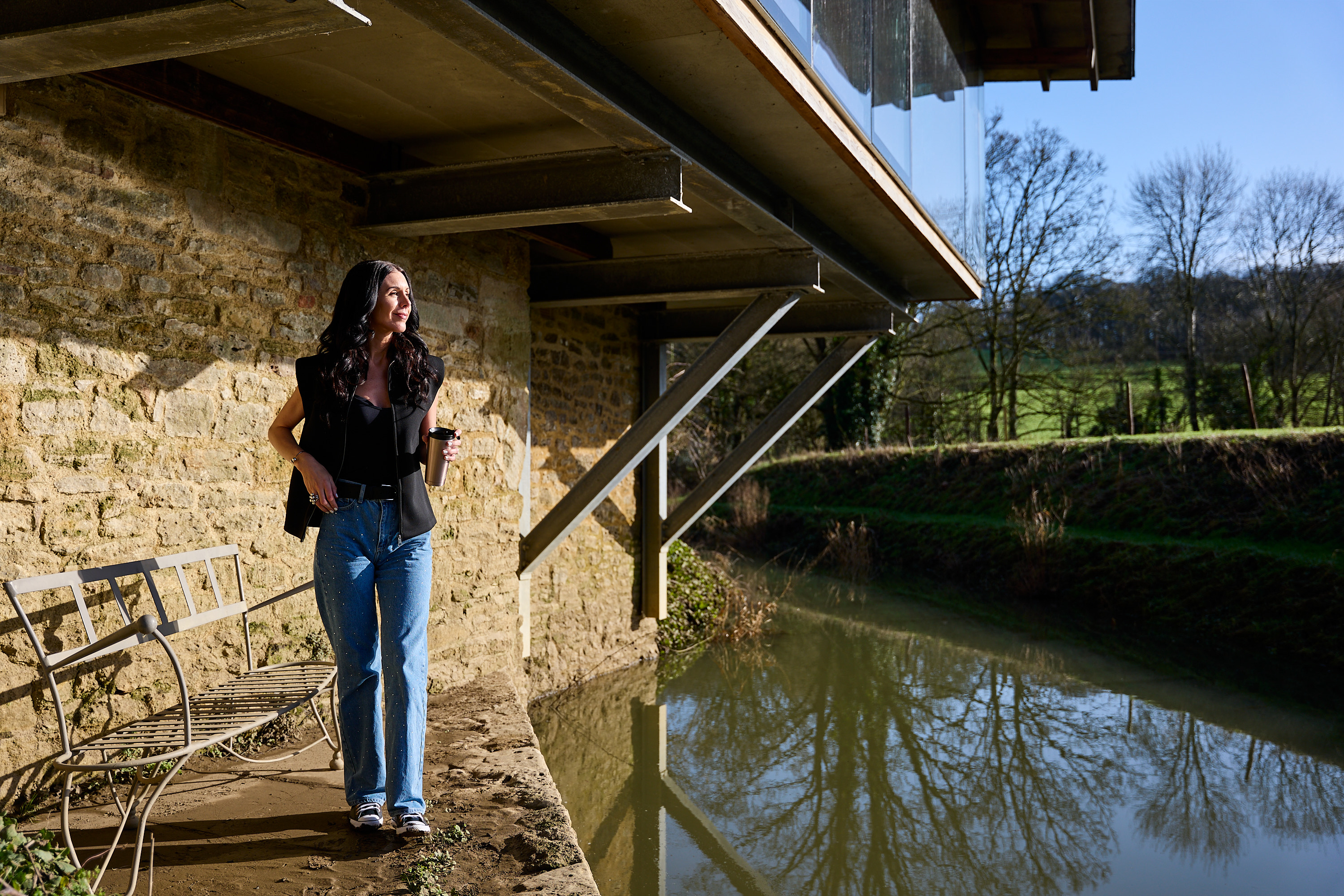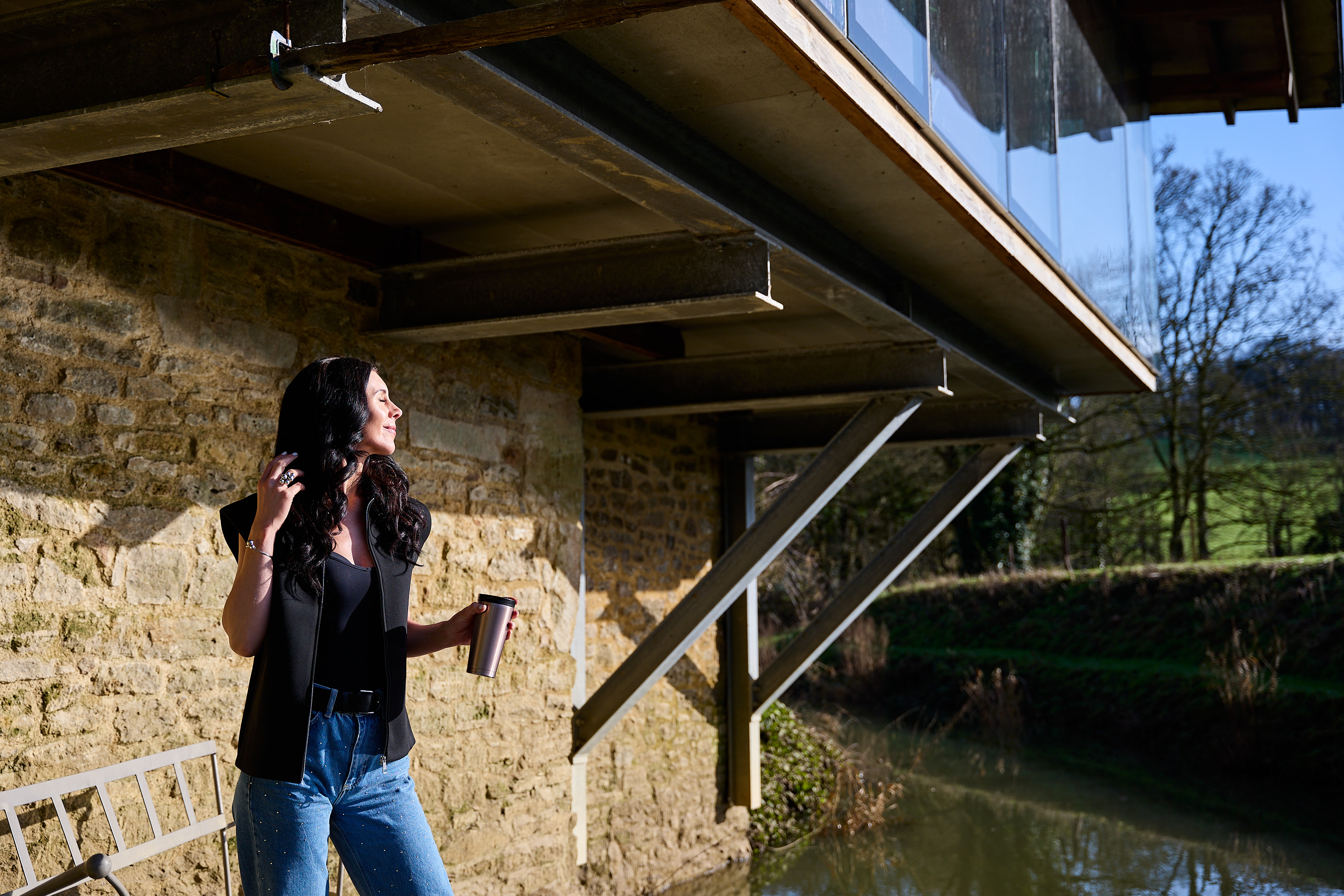BLOG 317: WHY YOUR NERVOUS SYSTEM MIGHT BE THE MISSING LINK IN YOUR WELLNESS ROUTINE
Apr 29, 2025
I have a health goal for us all. It may sound a bit weird but it is this: to make talking about the nervous system a normal part of our narrative when it comes to health and wellness. You may be thinking what on earth am I talking about?!! Well let me explain!
Let's start with some science. The nervous system is the body's communication network that controls and coordinates all essential functions, from movement and sensation to thought and emotion. It consists of two main parts: the central nervous system (CNS)—made up of the brain and spinal cord—which processes information, and the peripheral nervous system (PNS), which includes all the nerves that connect the CNS to the rest of the body. The PNS has two major divisions: the somatic system, responsible for voluntary actions like moving muscles, and the autonomic system, which manages involuntary functions like heartbeat and digestion. The autonomic system is further divided into the sympathetic ("fight or flight") and parasympathetic ("rest and digest") systems. Together, these systems allow the body to respond to internal and external stimuli through a complex network of neurons and chemical signals.
So as you can see, our nervous system is at the centre of so much of our wellness, energy and wellbeing. But, even if we are mindful of our health and fitness, it is likely we aren’t thinking about it as much as we should.
I think a good way to understand more about this today, is to explore the Polyvagal Theory (developed by Dr. Stephen Porges) who talks about your autonomic nervous system having three main states. By using this theory, we can relate it to our own experiences and learn to calm and balance our nervous system to have more energy and calm in our mind and body.
Dr. Stephen Porges, a distinguished neuroscientist and professor, developed the Polyvagal Theory to explain how our body responds to safety and danger. His research highlights the role of the vagus nerve—a key part of our parasympathetic nervous system—in regulating our emotional and physiological responses. The theory helps us understand why we feel the way we do in certain situations, and how we can return to a state of calm and connection.
State 1:
Ventral Vagal (Safe & Social) – The “Calm & Connected” State
- What it is: This is your ideal state of regulation. You feel safe, present, grounded, and open to connection.
- Key signs:
- Calm and steady breath
- Open posture
- Soft facial expressions
- Easy eye contact
- A sense of curiosity, playfulness, or creativity
- Normal digestion
- Feeling safe in your body and around others
- Body check-in cues:
- Are my shoulders relaxed?
- Is my breath slow and even?
- Do I feel present and able to listen or engage with others?
My personal experience:
When I’m in this calm, connected state, I feel like the best version of myself. I feel grounded, healthy, and energised. I tend to feel very creative and productive in my work. I enjoy doing all my activities and tasks slowly and mindfully. My digestion feels normal, and my sleep is deep and restorative. I’m more emotionally available to my children and more present in conversations with my husband and friends. It’s a state I aim to cultivate as many times in the day as I can—even just through 10 minutes of breathing, silence, or yoga.
State 2:
Sympathetic (Fight or Flight) – The “Activated” State
- What it is: This is your survival response to perceived danger. Your body prepares to fight or flee.
- Key signs:
- Racing heart
- Shallow or rapid breathing
- Tense muscles
- Restlessness or fidgeting
- Irritability or anxiety
- Difficulty focusing
- Sweaty palms
- Body check-in cues:
- Is my heart beating fast?
- Am I clenching my jaw, fists, or muscles?
- Am I feeling agitated or in a rush for no clear reason?
My personal experience:
When I’m in this state, it’s often after I’ve had a busy few days where I’ve been “on” constantly—whether that’s travelling, speaking, filming, or managing lots of logistics with the family. I start to feel aches in my neck and shoulders. My glands can become swollen. I feel irritable and overwhelmed by small things, and I can get snappy or frustrated easily. I also notice my energy feels quite “wired”—like I’m running on adrenaline. This is usually my sign to step back, do something slow, or take a walk or Yoga class on my own.
State 3:
Dorsal Vagal (Freeze or Shutdown) – The “Disconnected” State
- What it is: This is the most primitive survival state. Your body essentially “shuts down” when it feels escape or fighting isn’t possible.
- Key signs:
- Numbness, heaviness, or feeling disconnected from your body
- Low energy or fatigue
- Difficulty speaking or thinking clearly
- Withdrawing socially
- Low mood or hopelessness
- Body check-in cues:
- Do I feel frozen, stuck, or spaced out?
- Is it hard to move, speak, or even think?
- Do I feel like I’ve disappeared from the moment or environment?
My personal experience:
This one can be harder to notice right away. For me, it often comes after I’ve ignored the signs from the sympathetic state for too long. I start to feel completely depleted. I can’t seem to make decisions or know which way to turn, even for small things. I may cancel plans or find myself wanting to retreat. I feel like I’ve lost my usual energy and clarity, and it takes time and gentle self-care to come back from this. Face yoga, journaling, a warm bath, or even just sitting in silence helps me slowly return to a grounded place.

Conclusion
By tuning into the states of our nervous system—especially through the lens of Polyvagal Theory—we can start to see patterns in how we respond to stress, connection, and rest. This awareness is more than just interesting science; it’s a powerful tool for improving our daily lives, energy levels, and emotional wellbeing. The truth is, your nervous system is always working behind the scenes, guiding how you feel, react, and connect. So let’s bring it into the spotlight. Let’s make it totally normal—and even empowering—to talk about our nervous systems in the same breath as sleep, nutrition, or fitness. Because once we understand it, we can start working with it, not against it. And that’s where true wellness begins.
To take some time for you each day to balance and calm your nervous system, I recommend my Morning, Noon and Night Lifting Facial Workouts which is only £31. You can find our more about the course here .



